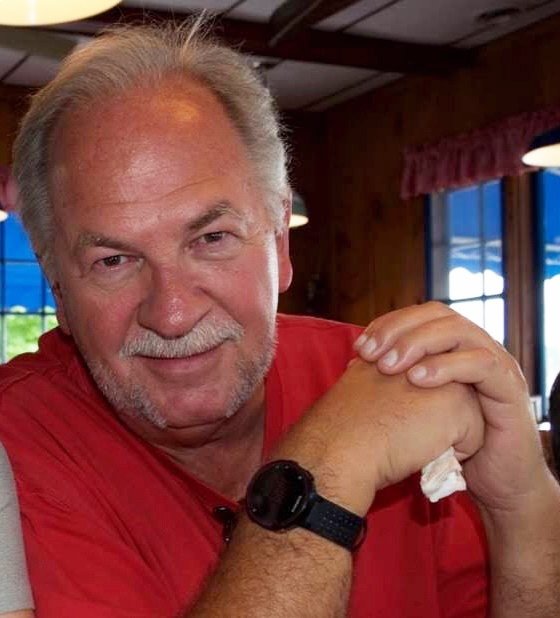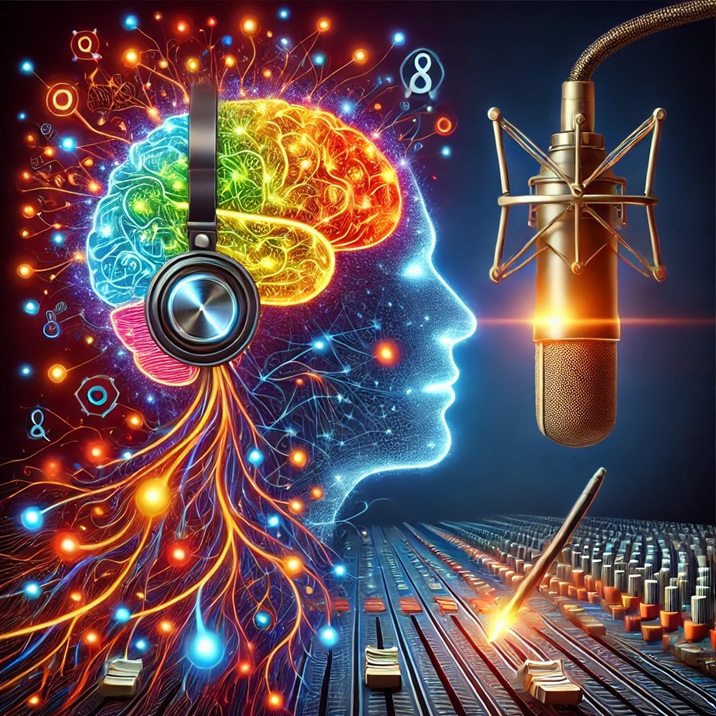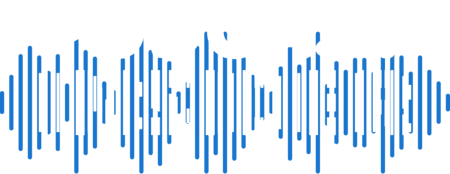By Barry Kantz
Blubrry General Counsel and CFO
I am now free to think and create.

The technical aspects of creating a video, a podcast, or an article are rapidly diminishing. I no longer need a programmer, a marketer, a writer, or even a beautiful face and voice to get my ideas out to the public. Albert Einstein once said, “The important thing is not to stop questioning. Curiosity has its own reason for existing.”
AI has programmed me to come up with good questions by writing prompts that give me ideas for content based on my interests and general knowledge. AI has allowed me to engage my curiosity. AI also does the robot work of brainstorming ideas, writing outlines and scripts, creating images, writing articles, or improving my writing by checking grammar and making my writing more engaging.
Instead of thinking and tinkering with the “how-to,” I can spend more time thinking about the “what-to.”
The How-To vs. The What-To
What was the how-to? The how-to is all the technical, rote aspects of creating a podcast or YouTube video. The learning curve was substantial, making the barriers to entry into these creative endeavors very high. In addition, when you master the technical barriers, you will find yourself dealing with repetitive tasks with little creativity involved.
What is the what-to? The what-to is the process of brainstorming ideas for new content and exploring possibilities using AI to generate ideas or inspiration. You can spend your time thinking and mulling over the inspiration you receive from news sources, AI, and social media. You are free to connect the dots and come up with great ideas. You can use AI to expand your ideas, spot interesting connections, and find trends you haven’t considered.
Podcasting Then and Now
 At the beginning of podcasting, back in 2004 and 2005, podcasters and video creators were mainly technical people of the geek variety because producing a podcast required knowledge of audio files and how to create an XML document known as an RSS feed. Video creation required expensive cameras and complex video editing software.
At the beginning of podcasting, back in 2004 and 2005, podcasters and video creators were mainly technical people of the geek variety because producing a podcast required knowledge of audio files and how to create an XML document known as an RSS feed. Video creation required expensive cameras and complex video editing software.
Today, all you need to know to create a podcast is how to record your voice into an audio file and how to take the audio file and upload it to a service like Blubrry. Once there, Blubrry will do 80% of the work of creating and distributing your podcast.
Video Creation is Getting Easier
The same holds true for creating a YouTube video. You need video editing skills and know how to make good audio quality for your videos. Video has a ways to go to take away all the technical, rote aspects of creation, but it is getting better every few months. Suppose you have created a podcast or a YouTube video. In that case, Blubrry will take your podcast and make a YouTube video for you or take your YouTube video and turn it into a podcast for distribution through podcasting channels.
What This Means for You
If you have some deep knowledge or expertise to share, you can now spend your time brainstorming and researching content and ideas instead of time spent on the mechanics of building a podcast or video.
If you’re a business person, you can focus on creating content that speaks to your potential customers or clients. You can engage them with your knowledge about your product or service, which will make them trust you, want to engage with you and make them more likely to do business with you.
AI has changed not only the way we produce content but also how we think. We are now freed from focusing on endless technical details to exploring the depth and breadth of our ideas and creativity. That, in itself, is a transformation worth celebrating.





